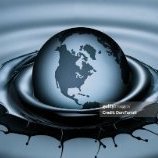Evaluate My Photo
-
Recently Browsing 0 members
- No registered users viewing this page.
-
Topics
-
-
Popular Contributors
-
-
Latest posts...
-
79
Bank account frozen
I didn’t say that as a reproach. My point was only that I couldn’t get any useful information from that conversation. I truly respect the effort many Thai people make to speak English with us. -
79
Bank account frozen
Did you visit and show passport? I have yet to come across mental photocopying. -
40
-
7
New MEA app - lost access
I managed to login again, by going through the signup process. All the meters came back again, but the interface is horrible 😫 😢. -
2
Report Champion Rooster Sold for A Staggering 6.5M Baht
Sounds like a lot of old cock to me. -
40
Immigration will visit me to fact-checking visa extension
Nothing wrong whatsoever in having a good refationshuip with local Immigration Officers. Speak to them in Thai. Good to have rhem on your side.
-
-
Popular in The Pub








.thumb.jpg.bc523c85a8d558dbc282dca7a2e602c9.jpg)


Recommended Posts
Create an account or sign in to comment
You need to be a member in order to leave a comment
Create an account
Sign up for a new account in our community. It's easy!
Register a new accountSign in
Already have an account? Sign in here.
Sign In Now